Physical Address
304 North Cardinal St.
Dorchester Center, MA 02124
Physical Address
304 North Cardinal St.
Dorchester Center, MA 02124
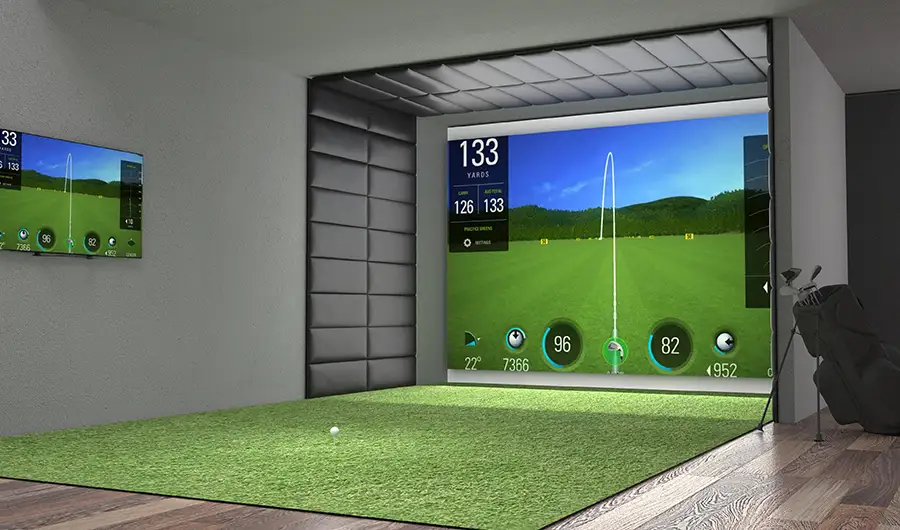
Golf simulators have transformed the way players practice, offering a high-tech alternative to the driving range and allowing golfers to train year-round from the comfort of their homes. But the big question remains: Do golf simulators actually improve your game, or are they just an expensive gadget?
With advancements in launch monitor accuracy, real-world course replication, and instant swing feedback, simulators have become more than just a fun way to hit virtual shots. Many players, from beginners to professionals, use them as a primary training tool to refine their swings, improve ball striking, and analyze shot data in ways that traditional practice cannot.
This article breaks down the science, real-world data, and expert opinions to answer whether golf simulators can genuinely lower your scores, improve consistency, and develop your skills.
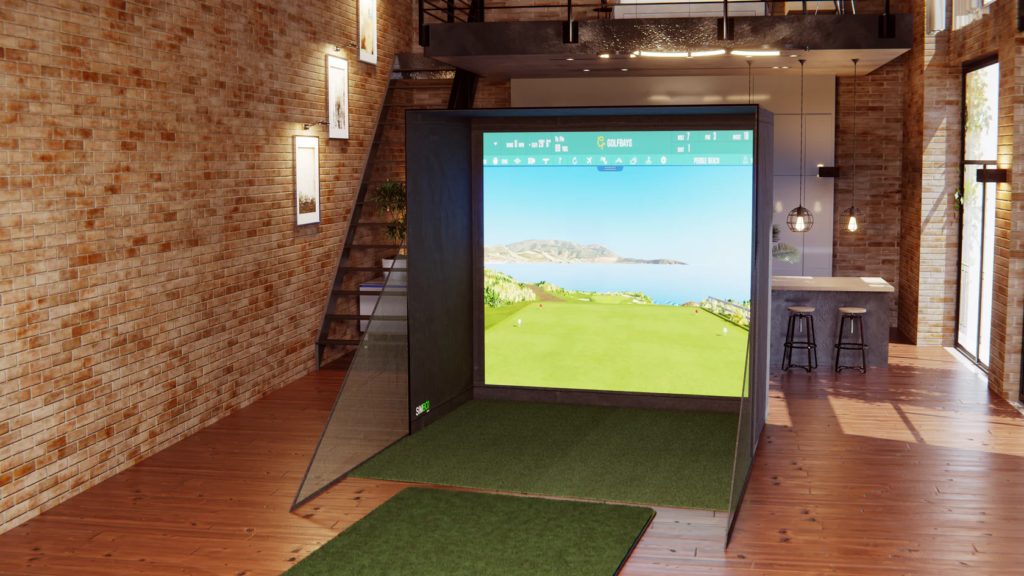
A simulator does far more than just project a golf course onto a screen. The most advanced systems track every detail of your swing, analyzing launch conditions, spin rates, club path, attack angles, and more. The ability to practice in a controlled environment while receiving instant feedback on every shot allows golfers to refine their technique faster than they would at a driving range alone.
One of the biggest advantages is the ability to eliminate guesswork. When hitting balls on a traditional range, golfers rely on visual estimates for distance, ball flight, and swing mechanics. A simulator removes the uncertainty by delivering data-backed insights that help correct mistakes immediately. Instead of grooving the same bad habits, players can make precise adjustments based on objective feedback.
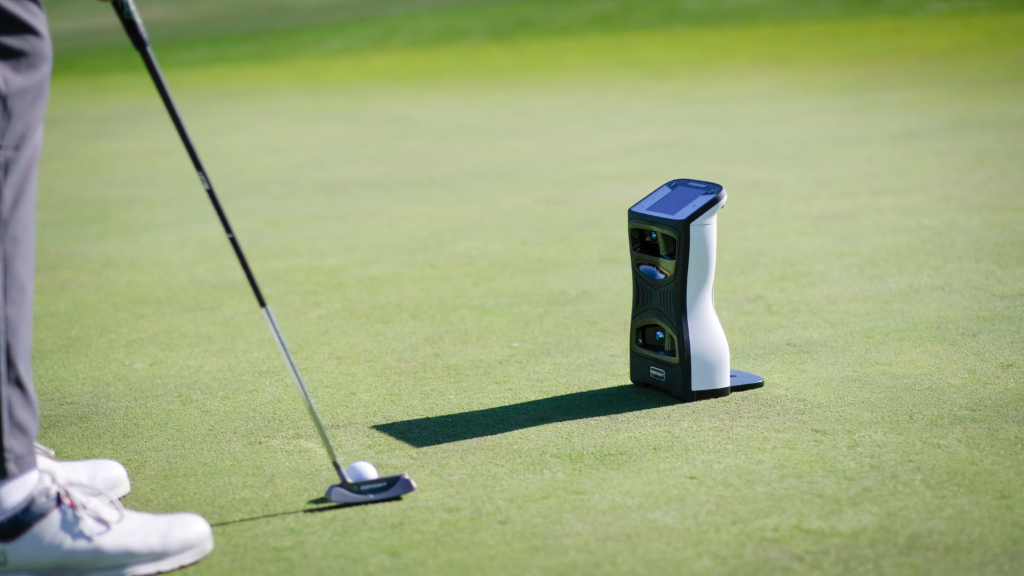
One of the most significant benefits of using a simulator is the ability to develop a repeatable, efficient swing. Since every shot is measured, you can analyze your club path, face angle, and tempo to identify patterns in your swing. Unlike range sessions, where golfers might unknowingly make the same mistakes over and over, simulators allow you to pinpoint small flaws and adjust in real time.
Many golfers struggle with alignment, swing path, and ball-striking inconsistencies, but having instant access to club and ball data helps correct those issues faster. A slight shift in weight distribution or an unnoticed face angle adjustment can cause a slice or hook—data-driven feedback provides clarity on how to fix it.
The Foresight Sports QuadMax is one of the best launch monitors for golfers looking to refine their swing mechanics. Unlike radar-based systems that require more space behind the golfer, QuadMax’s high-speed camera system sits in front of the hitting area, capturing impact location, club path, and face angle with extreme accuracy. This makes it a great tool for diagnosing mishits, improving ball-striking consistency, and reinforcing better mechanics.
Players who regularly train on simulators often find that their ball-striking consistency improves dramatically. When combined with structured practice drills, simulators allow golfers to build muscle memory and reinforce better swing habits, making every session more productive than simply hitting balls at the range.
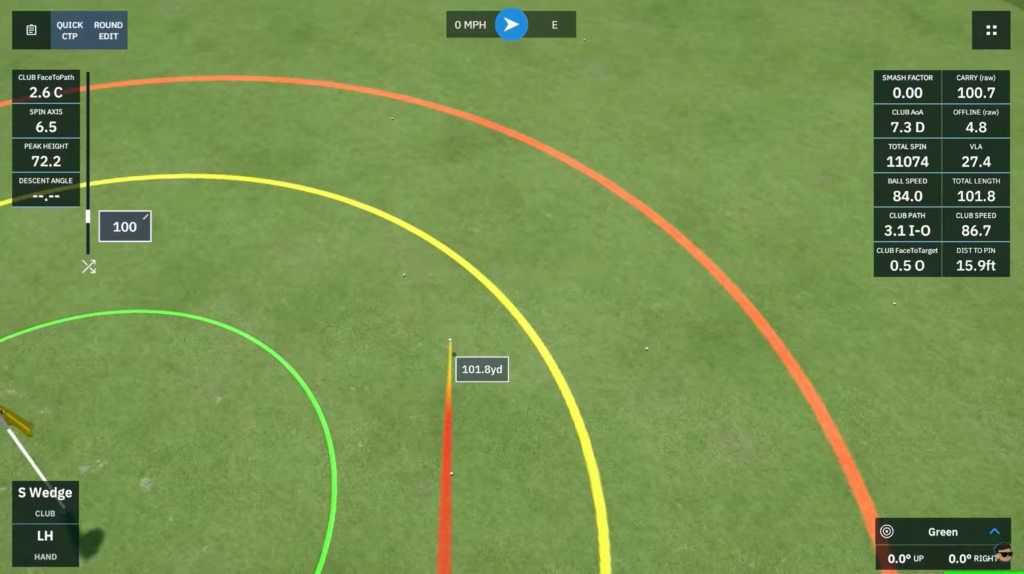
One of the most underrated skills in golf is knowing your exact distances with each club. Many amateurs assume they hit their irons farther than they actually do, leading to poor club selection on the course. A simulator removes the guesswork by providing precise carry and total distance metrics for every shot.
By practicing with real-time distance tracking, golfers can develop more accurate yardages, leading to better club selection and improved approach play. Advanced simulators even factor in launch angles, spin rates, and ball speed, ensuring that each shot mimics real-world conditions.
Simulators also allow golfers to dial in their wedges and short irons with greater precision. Practicing distance control with pitching wedges and gap wedges in a simulator is often more effective than hitting into a range with inconsistent targets.
Many professional players use simulators for distance gapping sessions, systematically testing each club to fine-tune carry distances. Having this level of accuracy can be a game-changer, especially for approach shots and par-3 play.
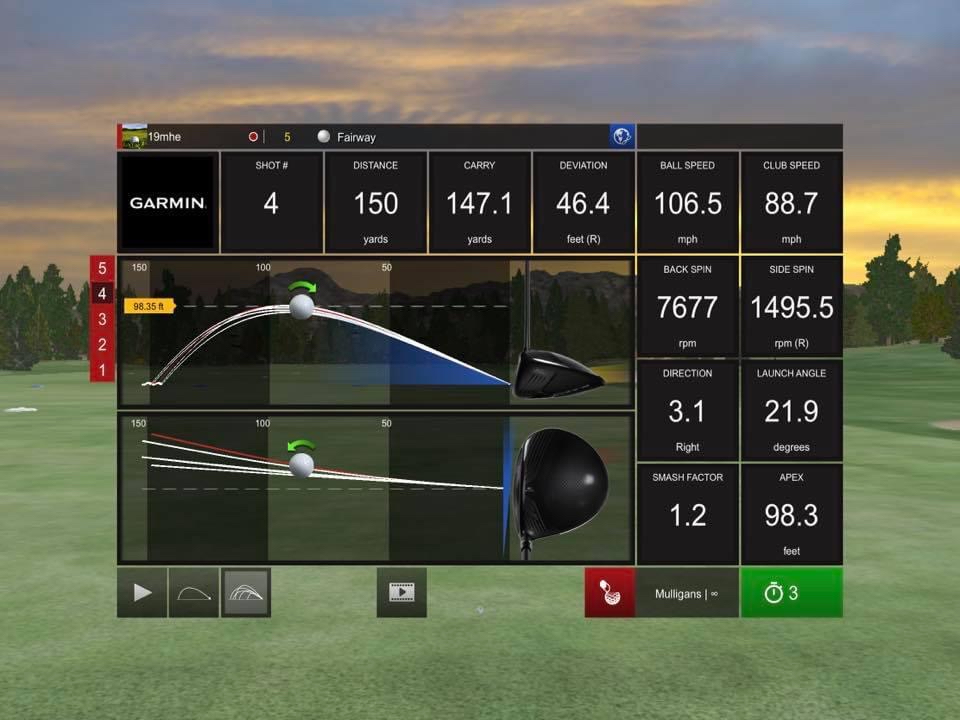
One of the most overlooked benefits of a golf simulator is the ability to practice on real-world courses under various conditions. Unlike a driving range, where golfers repeatedly hit balls without consequence, simulators force players to think strategically, just as they would on an actual course.
Many high-end simulators allow golfers to adjust wind speed, green firmness, and fairway conditions, simulating tournament-style challenges that help players develop adaptability. If you struggle with playing in windy conditions, practicing knockdown shots or learning to shape the ball on demand can make a massive difference when transitioning to real-world play.
Course simulation also helps golfers develop smarter decision-making. Being able to visualize hazards, calculate risk vs. reward shots, and practice under pressure allows players to develop a stronger on-course mentality. This type of mental training is something that range practice simply cannot replicate.
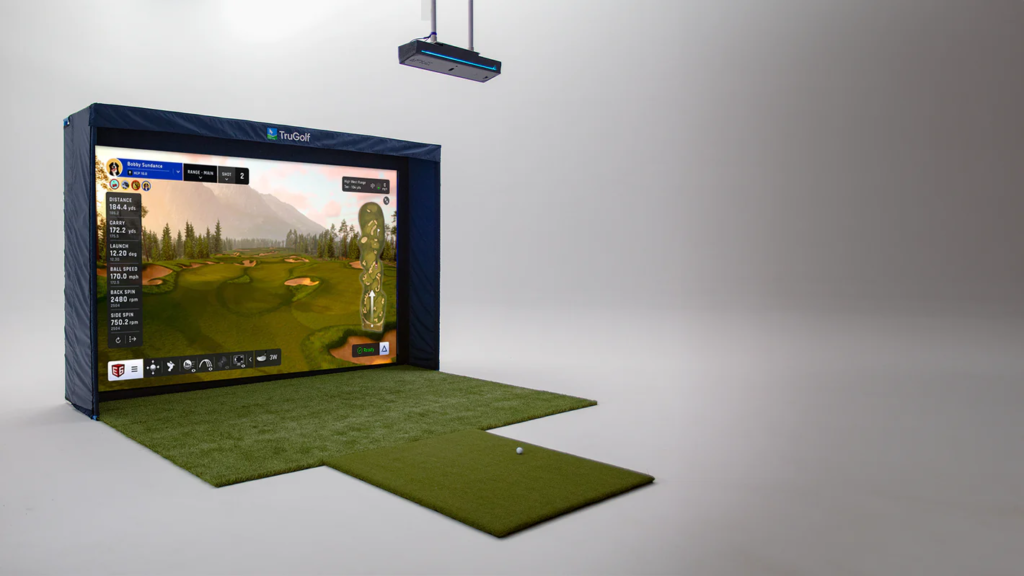
While full swings and driving distance get most of the attention, short game and putting account for nearly 60% of total strokes in a round. Many golfers assume simulators are only useful for long-game training, but modern systems now include advanced chipping and putting analytics to help develop touch and finesse.
Simulators allow players to practice from different lies, including rough, sand, and tight fairway shots. Many platforms have dedicated short-game drills that focus on trajectory control, spin rates, and rollout distances.
Putting remains the most challenging part of a simulator experience, but Foresight Sports launch monitors, like the GCQuad and GC3, provide industry-leading putting accuracy, tracking launch direction, skid phase, and roll distance. TruGolf Apogee, an overhead-mounted system, also excels in seamless putting integration, eliminating interference and enhancing stroke analysis. While simulators may not fully replace real-world putting practice, these systems help golfers develop better stroke mechanics, distance control, and consistency in their routine.

Despite their many benefits, golf simulators cannot fully replicate real-world course conditions. While they provide accurate data and shot feedback, variables such as wind, turf interaction, and pressure situations cannot be recreated to the same degree.
Simulators are excellent for honing technique and building consistency, but golfers still need to practice on real courses to develop skills like green reading, bunker play, and adjusting to elevation changes.
Another limitation is putting realism. While simulator putting technology has improved, many golfers find it difficult to accurately judge breaks and slopes on a virtual green. This is why many pros still prefer putting drills on a real practice green over simulator-based putting.
Mental focus is another area where simulators fall short. On a real course, golfers must manage nerves, decision-making, and pressure situations, which simulators can only simulate to a certain extent.
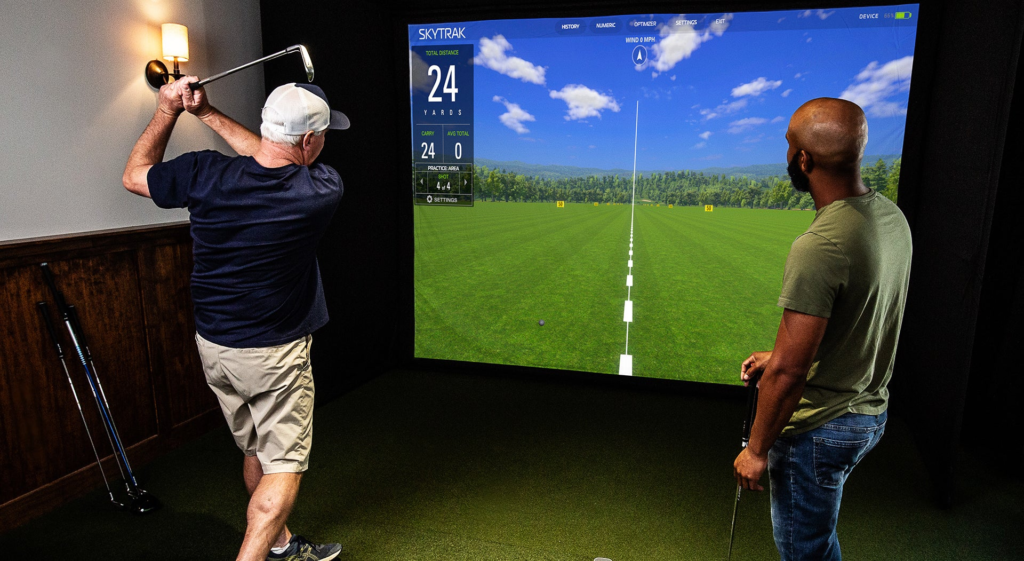
The data suggests that golfers who consistently use simulators do see measurable improvements in their performance. A study conducted by a golf technology firm found that amateurs who practiced with a simulator at least three times per week improved their handicap by an average of 3-5 strokes over six months.
Many professional players also credit simulators for refining their ball striking, distance control, and shot shaping. PGA Tour pros like Tiger Woods, Rory McIlroy, and Jon Rahm all use simulators as part of their training routines.
For amateur golfers, the biggest improvements come in swing consistency, distance control, and course strategy. Those who actively track their shot data and make corrections based on simulator feedback tend to see the most dramatic improvements.
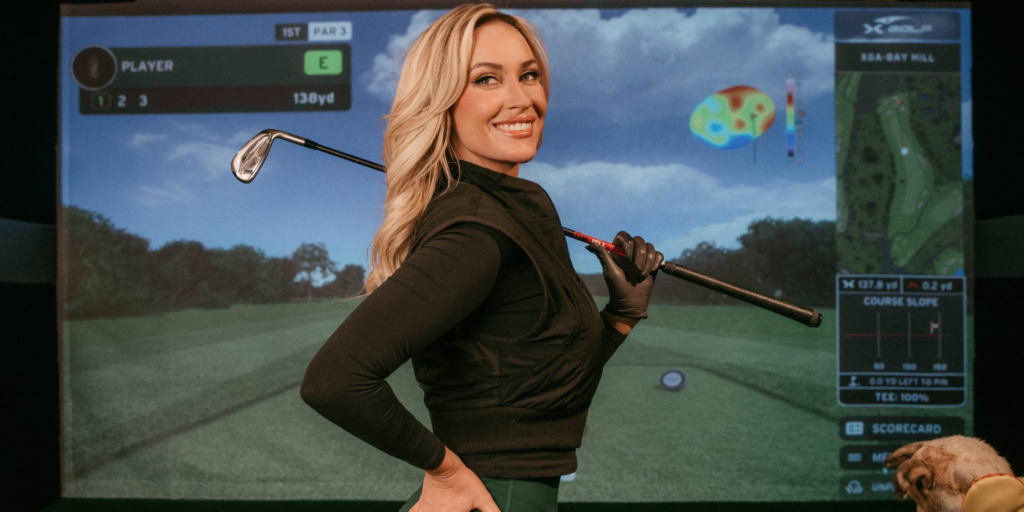
Golf simulators are no longer just a luxury—they are a legitimate training tool that can significantly improve ball-striking, distance control, and course management. While they cannot fully replace on-course experience, they provide unmatched feedback and analytics that allow players to develop more consistency.
For golfers who want to train year-round, work on mechanics, and improve their game in a structured way, a simulator can be one of the best investments they can make. The key is intentional practice—using simulator data to make real improvements rather than just hitting balls for fun.